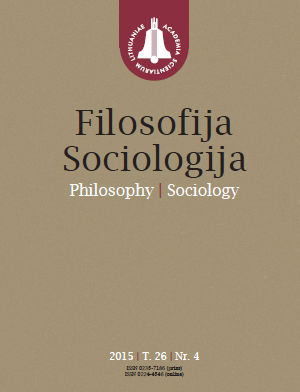Negalią turinčių IT vartotojų skaitmeninė atskirtis kaip socialinės nelygybės forma
Digital divide as social inequality in relation to IT users with disabilities
Author(s): Jolita ViluckienėSubject(s): Social Sciences, Media studies, Sociology, Social development, Social differentiation, Social Informatics, Inclusive Education / Inclusion
Published by: Lietuvos mokslų akademijos leidykla
Keywords: digital divide; information technology; Internet; social inequality; disability
Summary/Abstract: This article analyses the phenomenon of the digital divide, which covers a range of people with disabilities that encounter systemic Internet access and use of information technology barriers such as assistive technology inefficiency, lags of mass IT development,high acquisition costs, lack of training, different digital literacy skills, as well as low socioeconomic status, low level of education and employment. The digital divide as a form of social inequality is also examined from the perspective of social stratification. The IT and disability relation is revealed as a normative phenomenon, giving a power tool for IT creators to manage those, who have an unstandardized body – body–impaired consumers. Searches for the path to eliminate or at least to minimize the digital divide and its outcomes for people with various disabilities are also covered in this article.
Journal: Filosofija. Sociologija
- Issue Year: 2015
- Issue No: 4
- Page Range: 314-321
- Page Count: 8
- Language: Lithuanian

